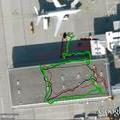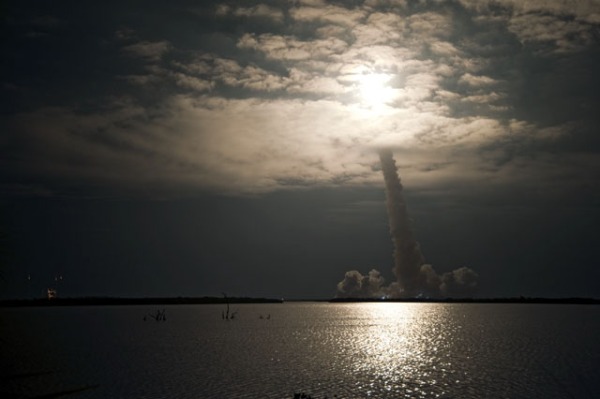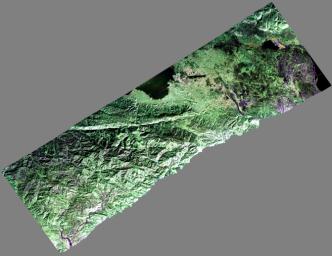Stellare's Haiti Special and Earthquake Week-end

The Haiti earthquake is a disaster, there is no doubt about that. Unfortunately it seems like the relief is partly a disaster too, judging from the evidence of human greed surfacing in the wake of the joint global efforts to help Haiti.
This is not what Stellare's Haiti special is about. Except for a few cats and cars Stellare is all about science. And it is
the science behind the Haiti earthquake that will be covered in this week-end special.
Natural hazards is one of my fields of expertise. I was a co-convener at the American Geophysical Union 2009, at the Natural hazard section. My recent scientific work includes the development of real-time GPS for early warning systems. I'm up to date on the state-of-the-art technologies developed for natural hazards early warning systems.
As a volunteer and idealist (I do this is my spare time), I am a producer and reporter for
Astrocast.TV. This channel for astronomy and space news is a non-profit endeavour and rely on contributions from people like me. The crew there is nevertheless top notch professional led by former CNN director Richard Mathews.
Norwegians (me) are direct. This Earthquake Week-end is created to promote the great work of Astrocast.TV and
I bluntly ask for your support to spread the word. In return you learn more about science and of course in good ol' Stellare style, you can enjoy plenty of illustrations.
By helping me you help mitigate future disasters. Public knowledge is one element in preventing natural hazards to become disasters of the dimension we witness in Haiti. Based on direct contact with leading experts, Astrocast.TV educates and entertains and thus contributes to increase the public (you) knowledge.

Stellare's
A Green Space - A Green Earth (you can find all episodes of my segment here. Haiti on top)
Presentation of
The Science Behind the Haiti Earthquake (directly from the horse's mouth interviews with links to the leading expert's websites and articles)
I need you to spread these links in your network and create as much fuzz as ever possible. I will be utterly grateful if you also provide me with feedback (bentebye@astrocast.tv), both on the Haiti show and ideas for future shows.
Thanks! Love you! Peace!
Stellare
PS Link love will get link love in return :-)
Thanks to
BestOfStumbleUpon!




















